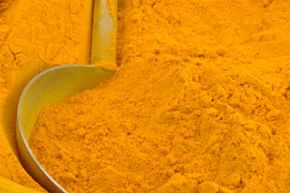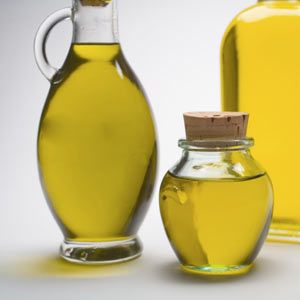"Let food be your medicine, and medicine food," is advice credited to the father of medicine, Hippocrates. Fast-forward about 2,400 years -- it seems that hardly a week goes by without an announcement that some study has concluded that a certain food item has specific health benefits. Curcumin is one of those items that shows promise of providing a variety of health benefits.
Curcumin is the major component of the herb turmeric. Turmeric is found in India and other parts of Asia and Africa, and it's related to ginger. Its aromatic, yellow rhizome (underground stem) is turned into a powder and used as a food flavoring or dye. Curcumin is found in the rhizome and is what gives turmeric its yellow color [source: National Center for Complementary and Alternative Medicine].
Advertisement
Scientists agree that curcumin may have anti-inflammatory properties and may act as an antioxidant, but most studies so far have been conducted only in laboratories and not in people. Other research is looking into the use of curcumin and turmeric in treating many medical conditions, including Alzheimer's disease, high cholesterol and osteoarthritis [source: MedlinePlus].
As a health treatment, many people use turmeric in a powder form, in capsules, teas, and liquid extracts, or as a paste [source: National Center for Complementary and Alternative Medicine]. Some researchers are using it or testing it on a number of skin conditions, including eczema, scabies and chronic skin ulcers. Plus, it has been successful in speeding the healing of wounds, and bandages with turmeric as a disinfectant are sold in India. In addition, some researchers are investigating turmeric paste applied to the skin for its potential to help prevent skin cancer [source: American Cancer Society].
Turmeric has long been used as nature's anti-inflammatory ingredient. Many believe its protective properties work to relieve pain from inflammation in arthritis, sprains, rheumatism and post-surgery aches and pains. Many people prefer to mix it with hot water and sugar as a remedy for coughs and colds.
The use of curcumin abounds in treating a variety of skin conditions, but because most of the evidence is still inconclusive at best, the scientific jury is still out on its definitive benefits.
Read on to learn more about curcumin's presence in food and how it can help you.
Advertisement


